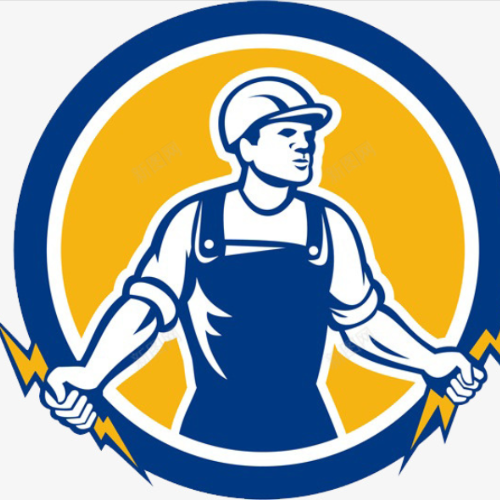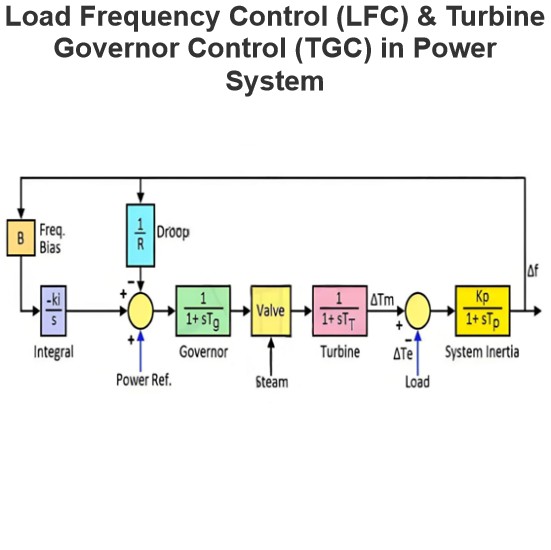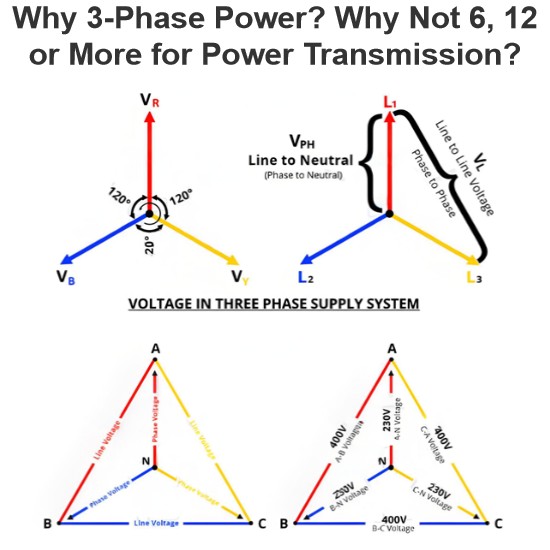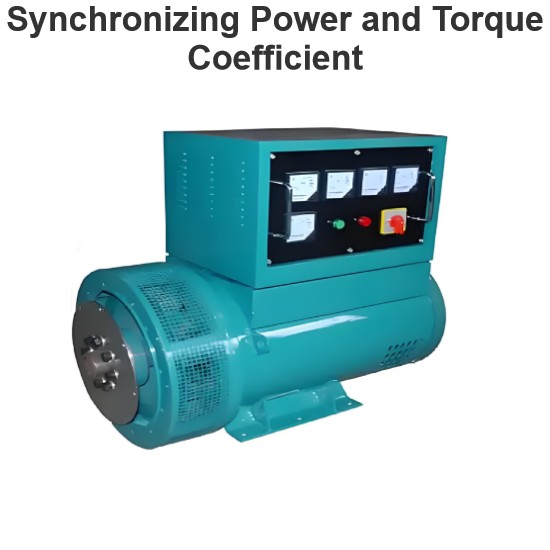Single Line Diagram of 11kV Substation
A substation supplies energy to the local area where the power lines are located. Its primary function is to gather the high - voltage energy transmitted from the generating station and then step down the voltage to a suitable level for local distribution. Additionally, it provides facilities for switching operations.
There are two main types of substations. One is the simple switching - type substation, which is responsible for establishing different connections between transmission lines. The other is the converting - type substation. This type can convert alternating current (AC) to direct current (DC) or vice versa, and it can also adjust the frequency, either from a higher value to a lower one or from a lower value to a higher one.
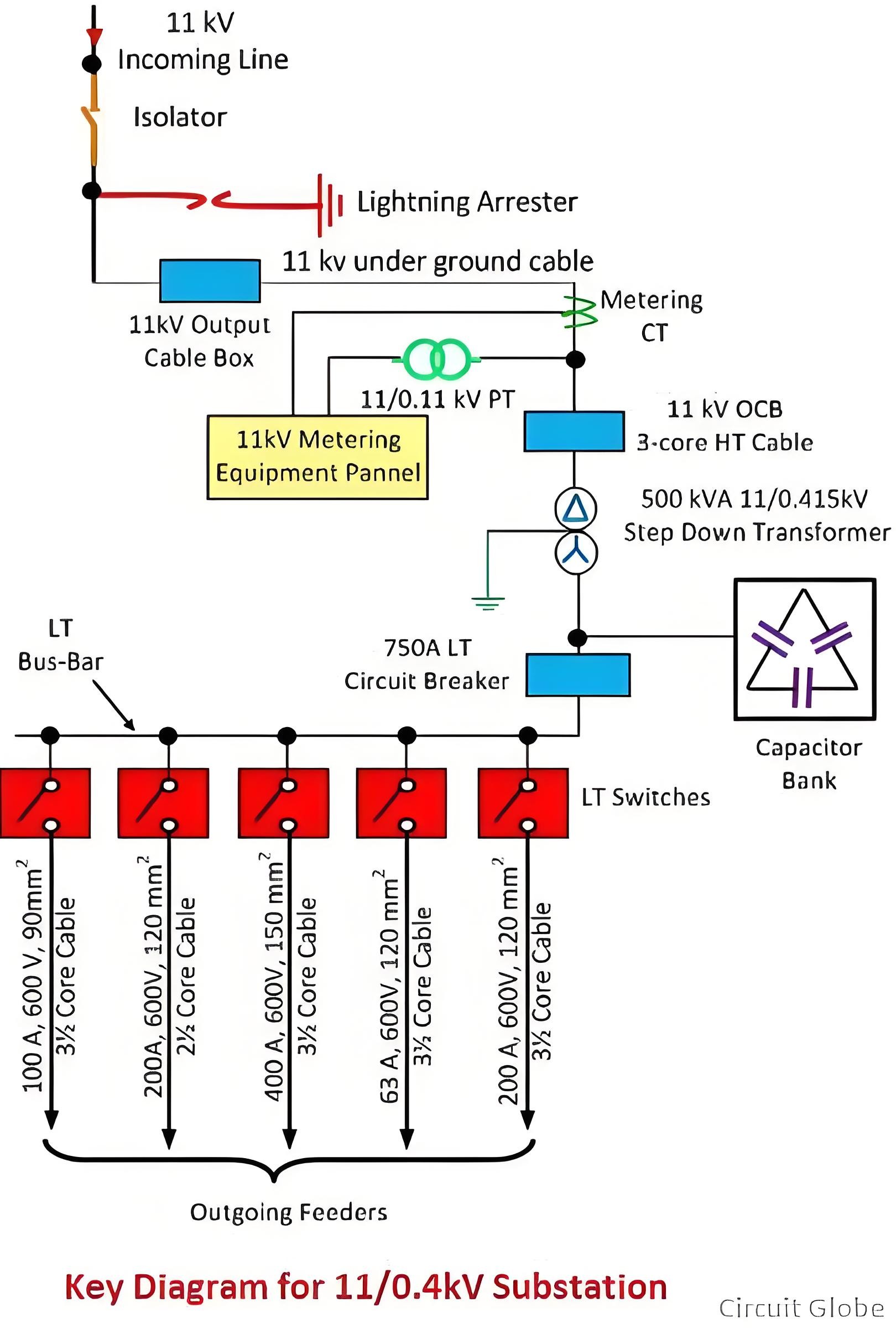
Main Components of an 11kV Substation
The intricate workings of the electrical equipment employed within an 11kV substation are elaborated upon in detail below.
-
Isolator:An isolator serves a vital purpose in an 11kV substation by facilitating the connection or disconnection of the incoming circuit, but only when the power supply has already been interrupted. This component is also instrumental in interrupting the charging current of the transmission line. Positioned on the supply side of the circuit breaker, the isolator plays a crucial safety role. It effectively isolates the circuit breaker from the live parts during maintenance procedures, thereby safeguarding the personnel involved in the upkeep of the electrical system.
-
Lightning Arrester:A lightning arrester is an indispensable protective device in the substation, shielding the entire electrical system from the potentially devastating effects of lightning strikes. Featuring two terminals, one at a high voltage level and the other connected to the ground, it functions as a safeguard against electrical surges. The high voltage terminal is linked to the transmission line, while the ground terminal efficiently diverts any high voltage surges to the earth, preventing them from damaging the sensitive electrical equipment within the substation.
-
CT Metering:Current Transformers (CTs) used for metering purposes are designed to accurately measure and record the current flowing through the electrical circuit. When their secondary terminals are properly connected to the metering equipment panel, these CTs provide essential data for monitoring and billing purposes, ensuring that the electricity consumption within the substation and its connected areas can be accurately measured and accounted for.
-
Step-down Transformer:The step-down transformer is a key component in the substation's operation, tasked with the critical function of converting high voltage electrical current into a lower voltage current suitable for distribution to local consumers. This transformation process is essential for ensuring that the electrical power can be safely and efficiently delivered to homes, businesses, and other end-users within the area served by the substation.
-
Capacitor Bank:A capacitor bank in an 11kV substation typically consists of capacitors connected either in series or parallel configurations. Its primary function is to enhance the power factor of the electrical line. By drawing a leading current, the capacitor bank effectively reduces the reactive component of the circuit, thereby improving the overall efficiency of the electrical system and minimizing power losses during transmission.
-
Circuit Breaker:The circuit breaker is a fundamental and essential element in the substation's electrical infrastructure. It is designed to interrupt the flow of abnormal or fault currents through the electrical line. Acting as a specialized electrical switch, the circuit breaker automatically opens or closes its contacts in response to the detection of a fault within the system, swiftly isolating the faulty section and preventing further damage to the electrical equipment and potential hazards to personnel.
-
Outgoing Feeder:The outgoing feeder serves as the vital link between the substation and the end-users, supplying the input power required to meet the electrical demands of consumers at the other end. It ensures that the electrical energy, having been appropriately transformed and regulated within the substation, is efficiently and reliably delivered to various loads, enabling them to function properly and providing essential electrical services to the community.
